Diary Entry
With the same caution, we avoid Nagorno-Karabakh and other en- and exclaves. According to Google maps, a large spot that our street passes through is said to be part of Azerbaijan. But nothing of it can be seen and we pass the area without disturbance. We come over another pass and find an old silk road caravanserai on the side of the road. On a yellowed sign we read that this ancient inn flourished particularly well in the Middle Ages of the 12th century.
The structure looks really old, but it has survived the centuries surprisingly well. You can still see the soot from the torches on the rocks and the places that were meant for the cattle and those for the people. It doesn’t take a lot of imagination to imagine how you will be welcomed there after a strenuous journey, how the other guests look at you who are already sitting by the fire and enjoying the expensive food.
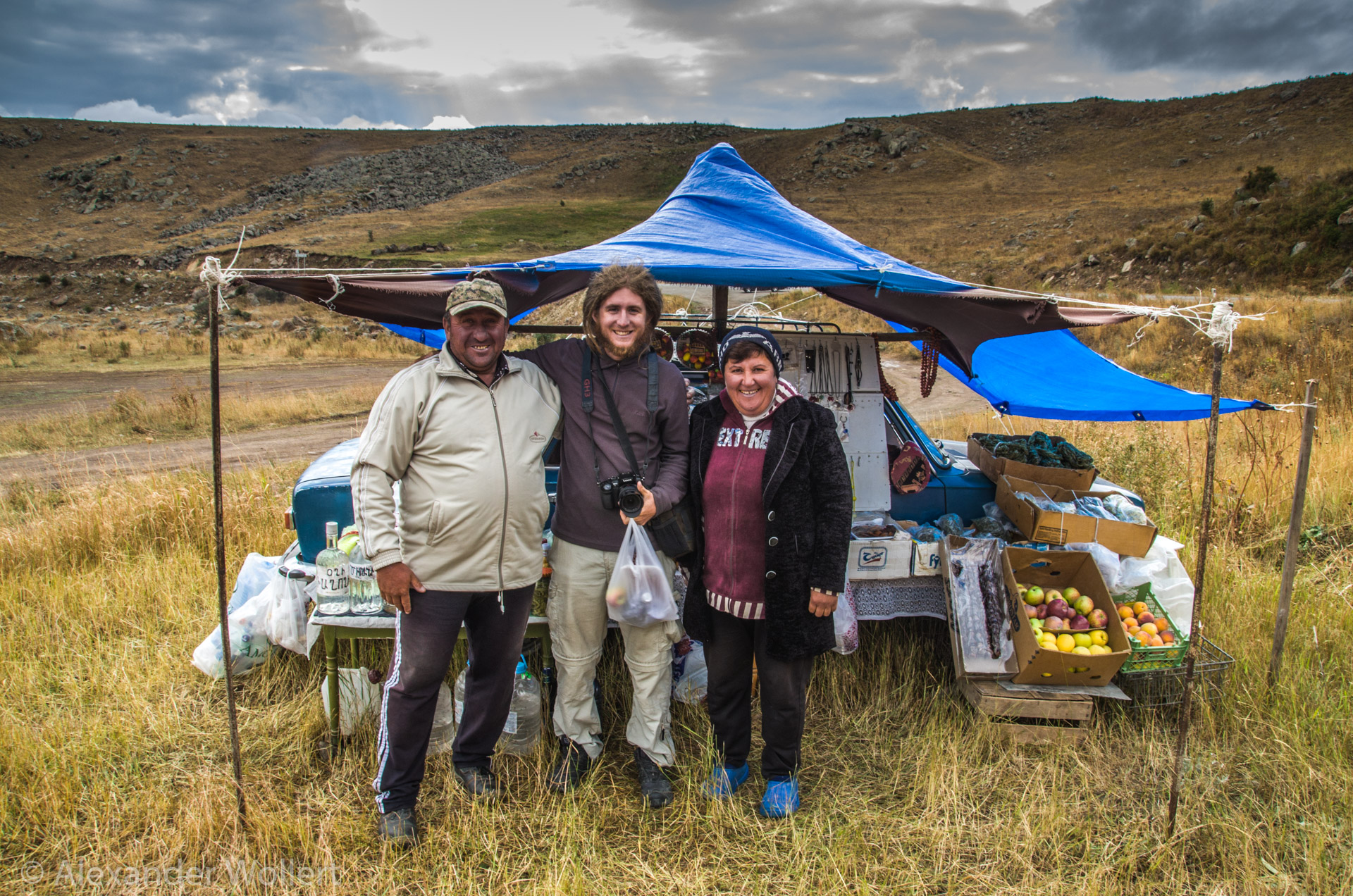


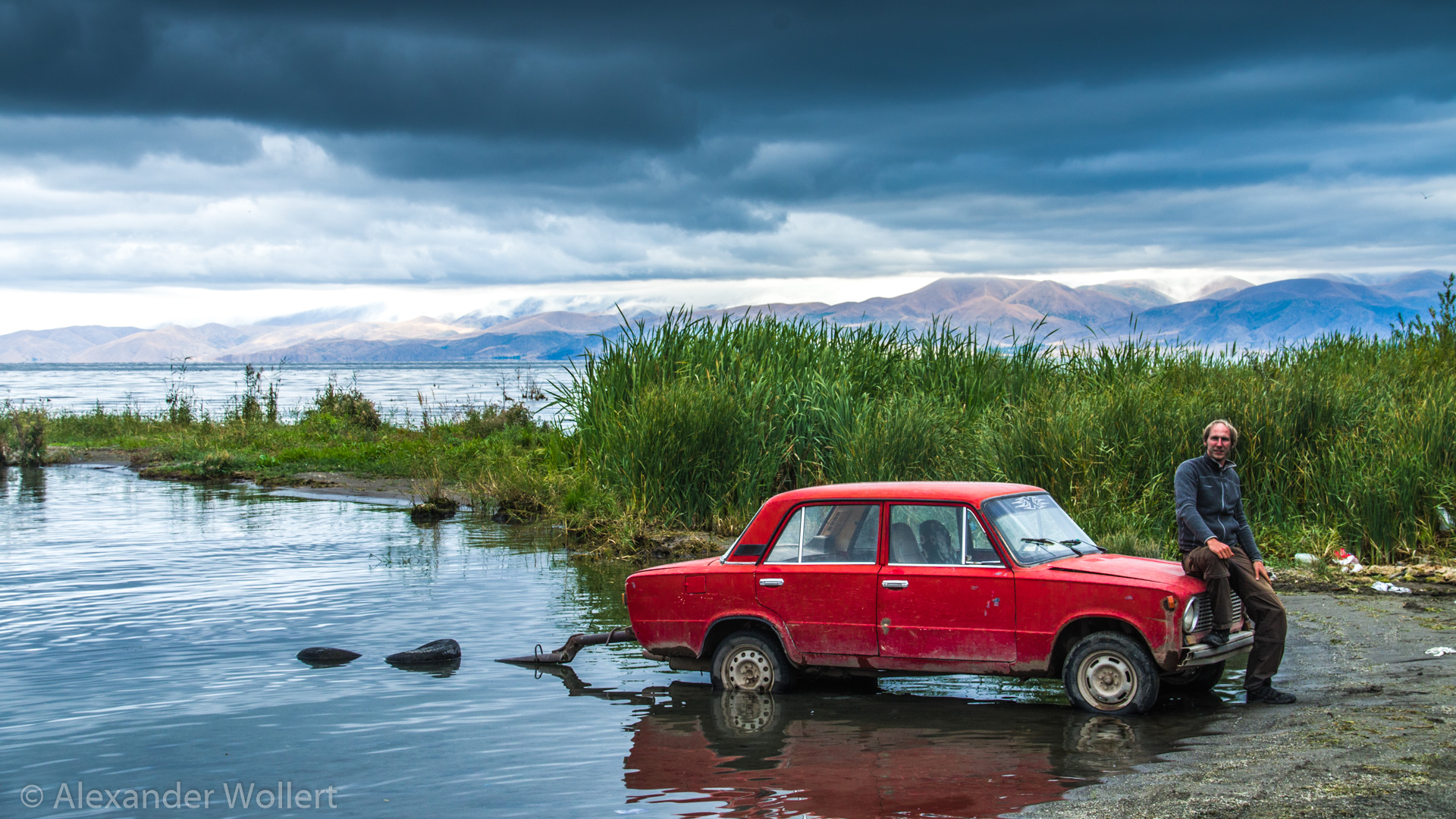
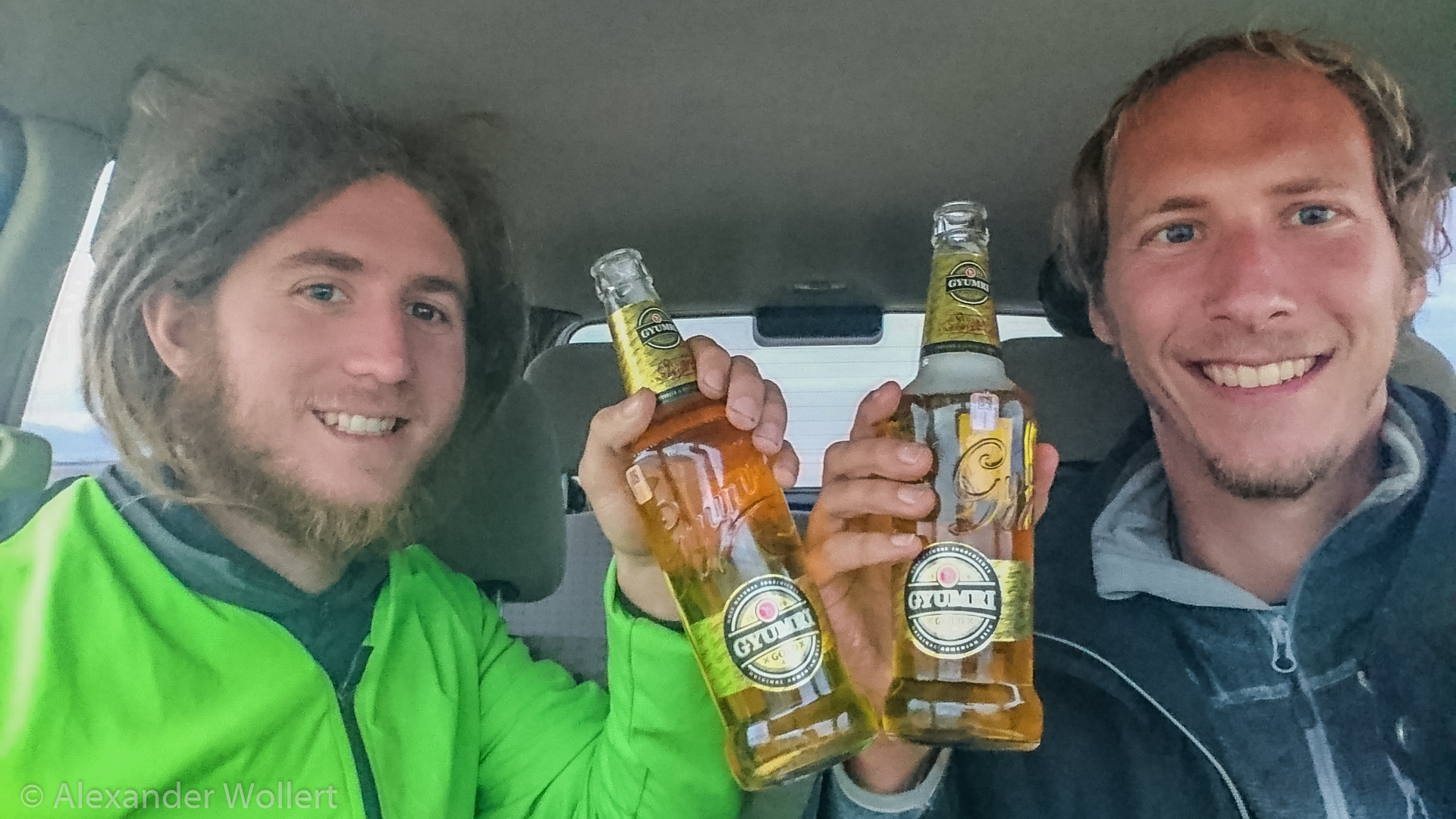
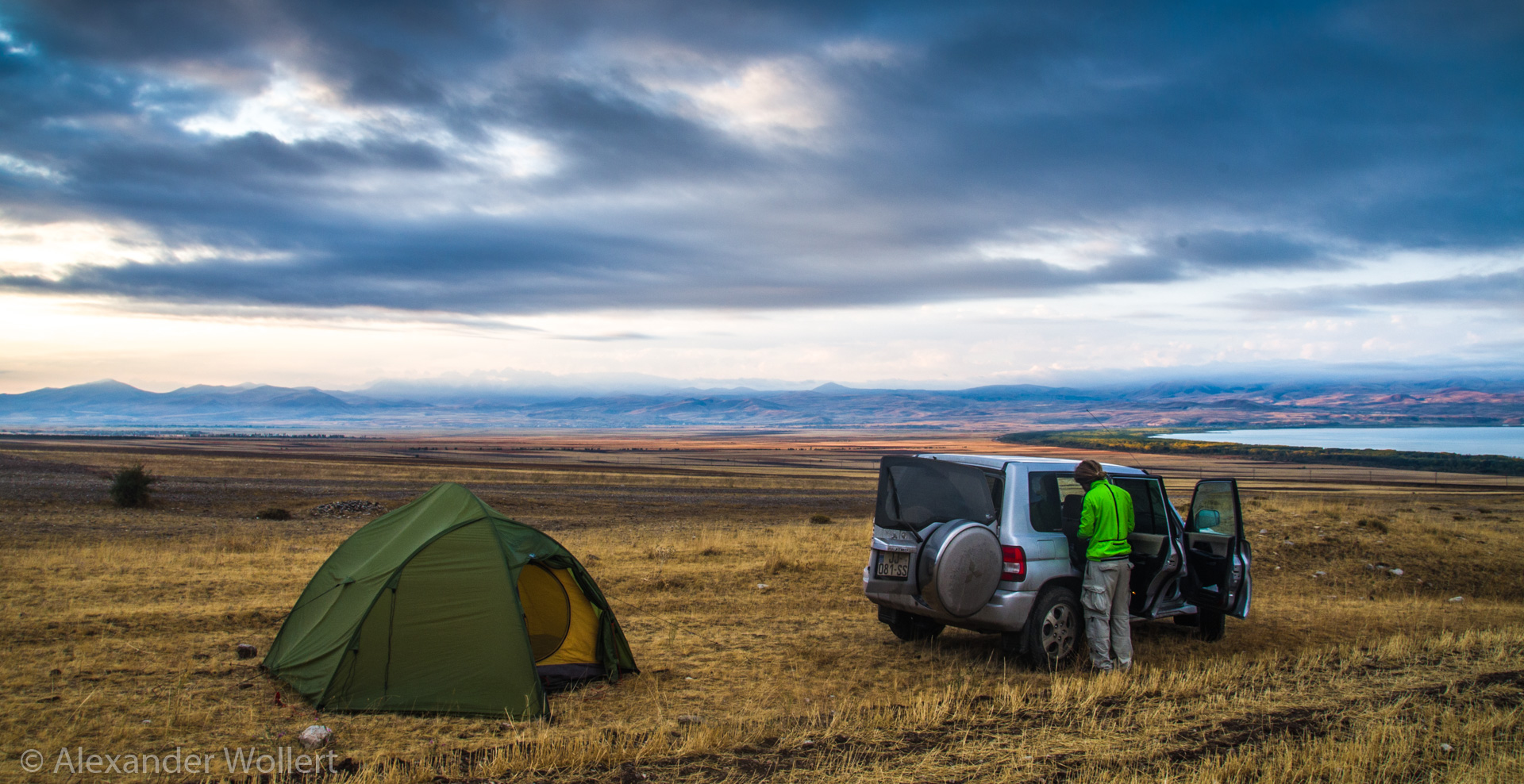
We are on the way to Lake Sevan, the largest body of water in Armenia. We stay with a view of the water.
The cold front has also reached the rest of the country and we make ourselves comfortable in the car before we pitch our tent.



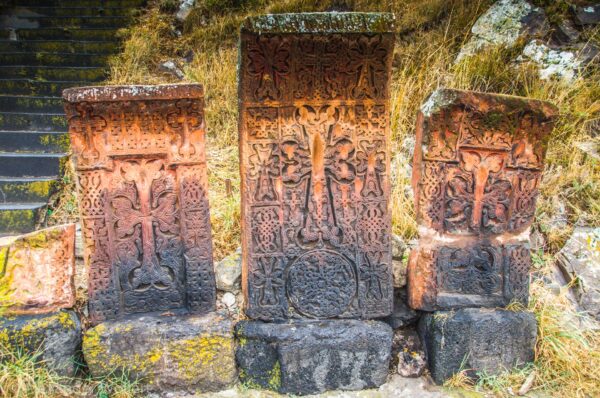
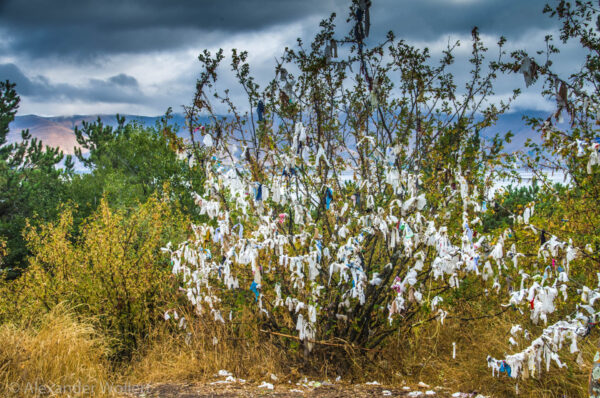
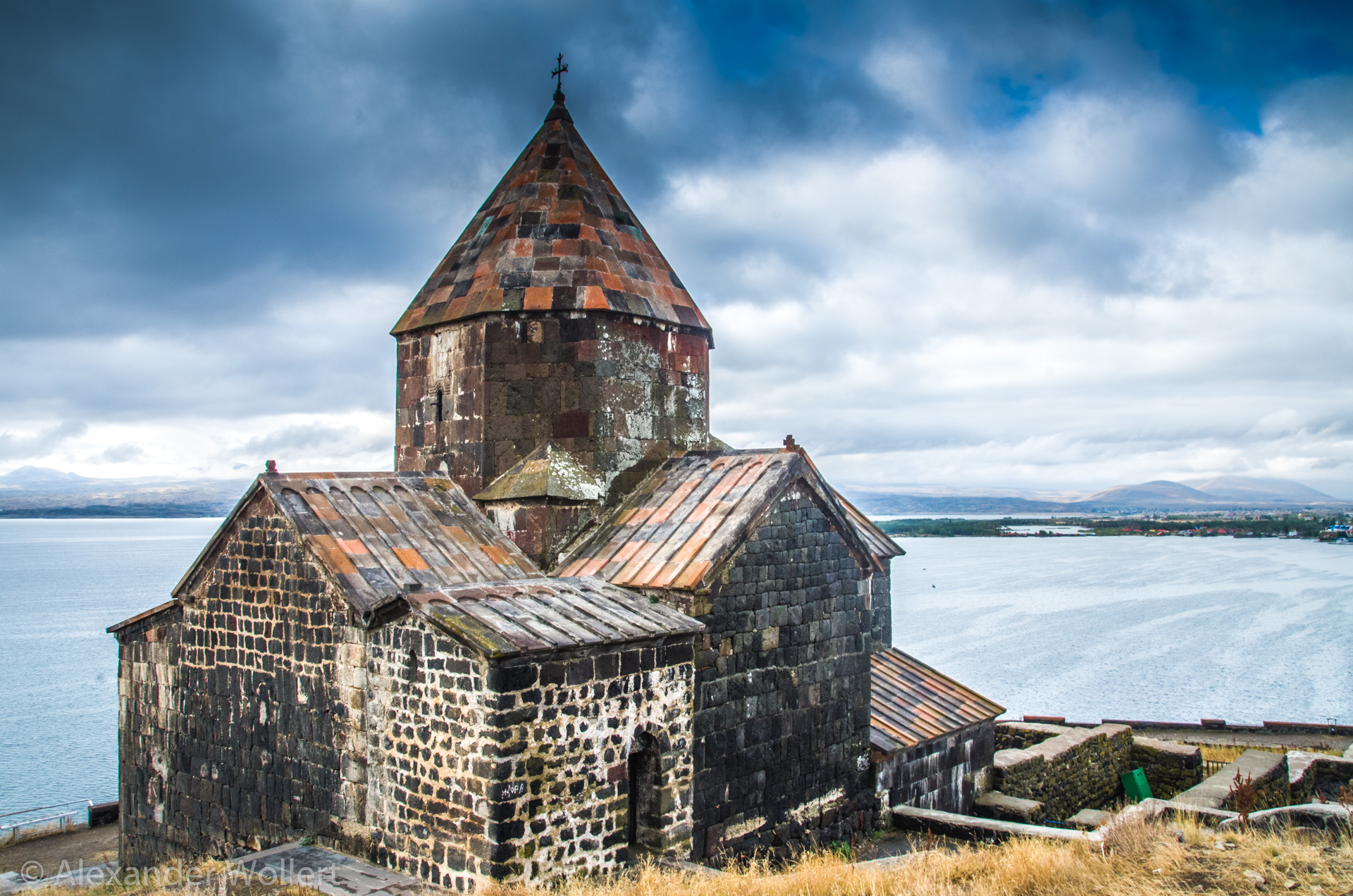
We are approaching the border with Georgia again. Unfortunately, our trip will soon come to an end and we have to go back to Tbilisi. Our road also leads close to Azerbaijan again, and the scenery is terrifying. An entire stretch of land has been burned black on both sides of the border. Grass and trees are charred, and huge holes yawn from abandoned houses. We get a dry mouth at the sight and try to get out of here quickly.
Many soldiers and military vehicles can still be seen here. This is what war looks like. It is a face of horror. We reach Tbilisi in the late afternoon and use the time to drive back into the city and enjoy the Georgian food. We camp near the airport and start our journey home full of memories.
